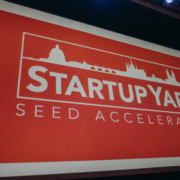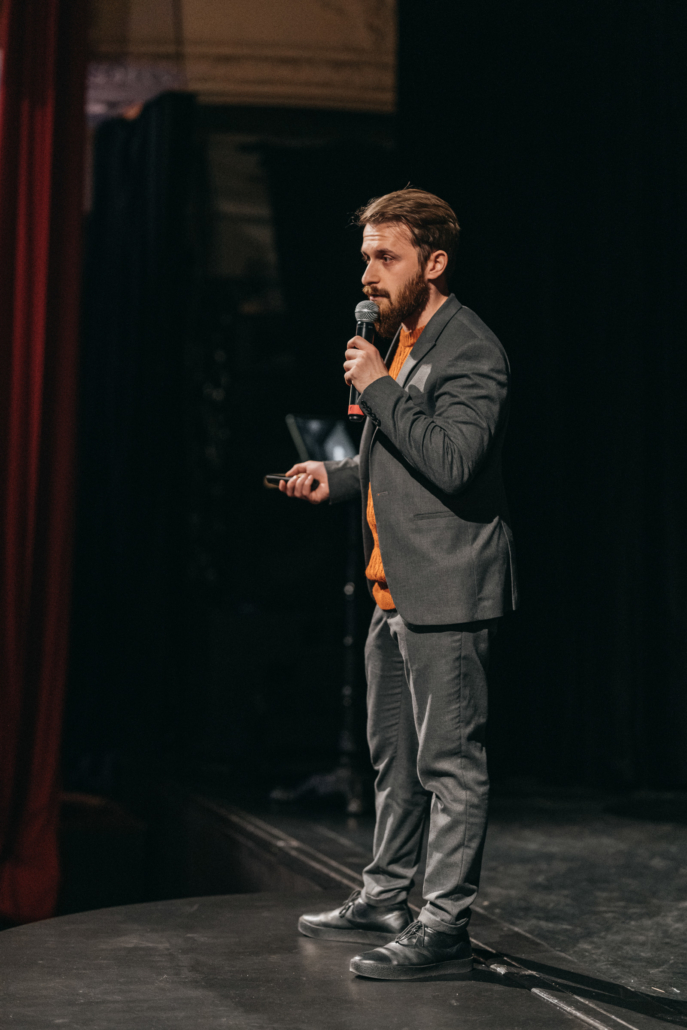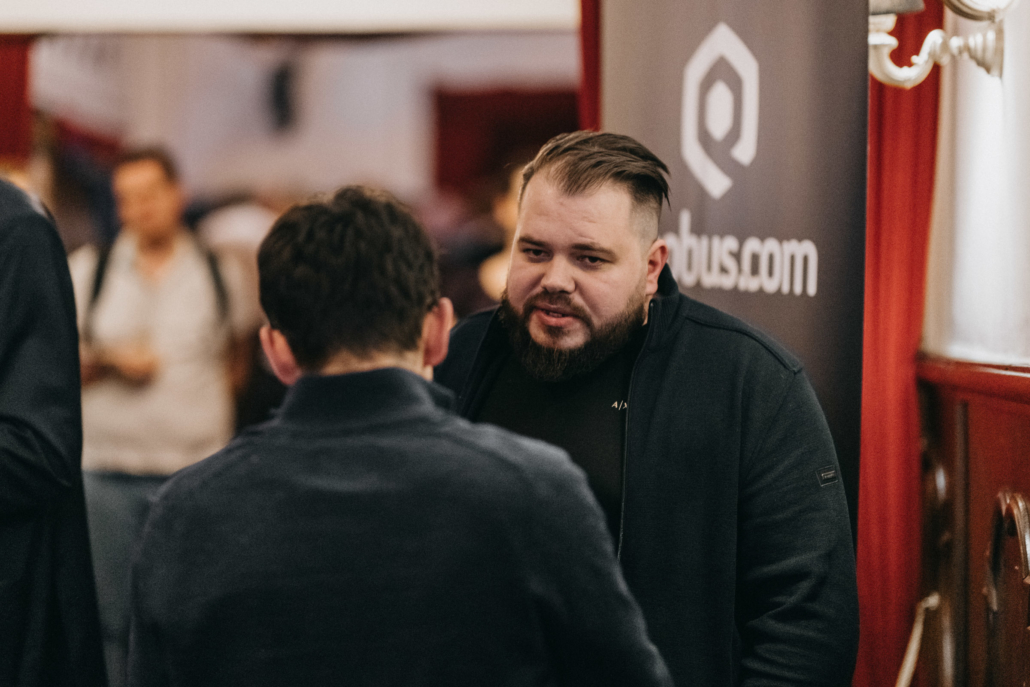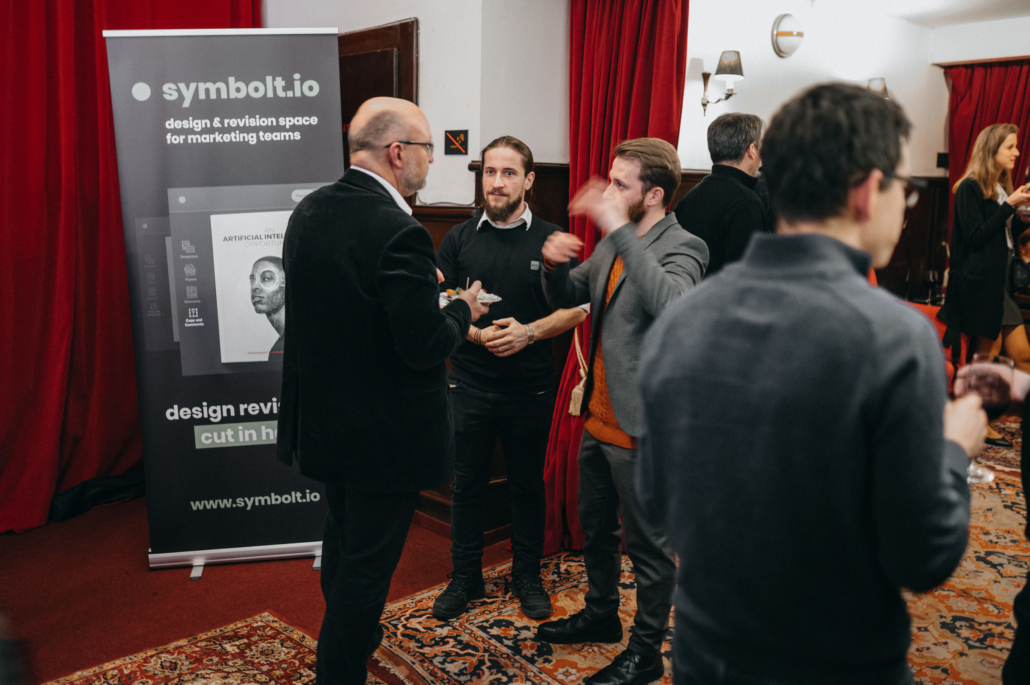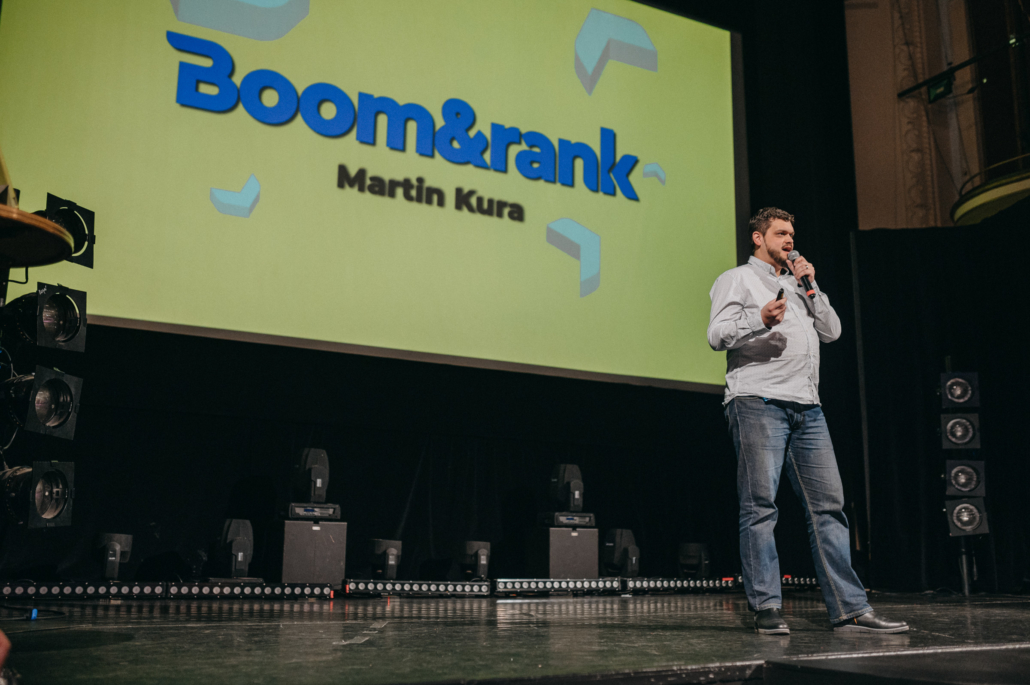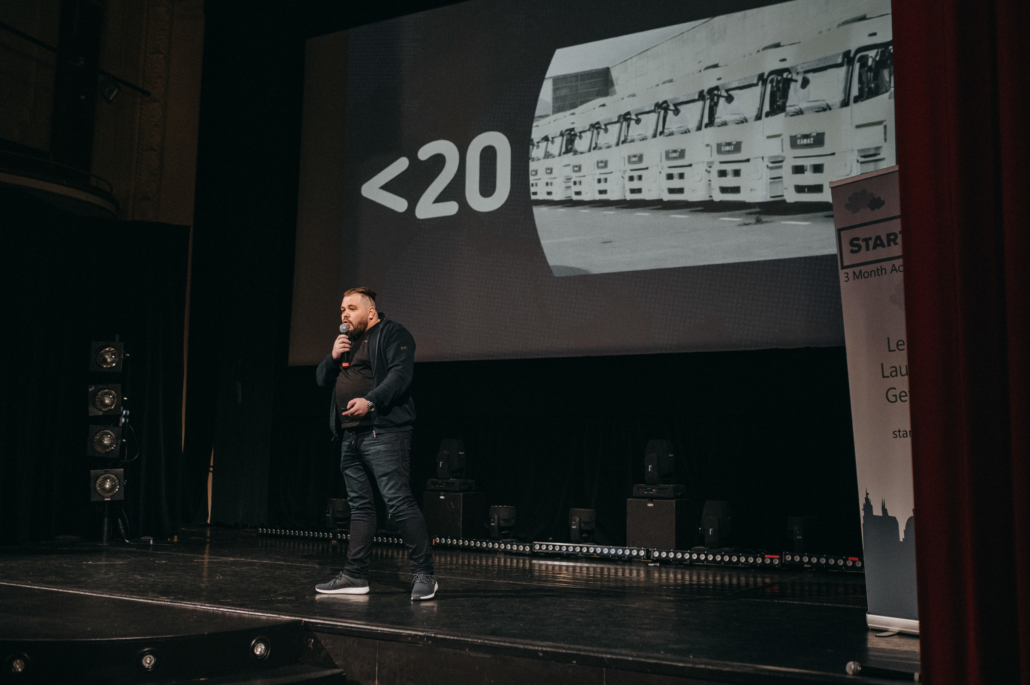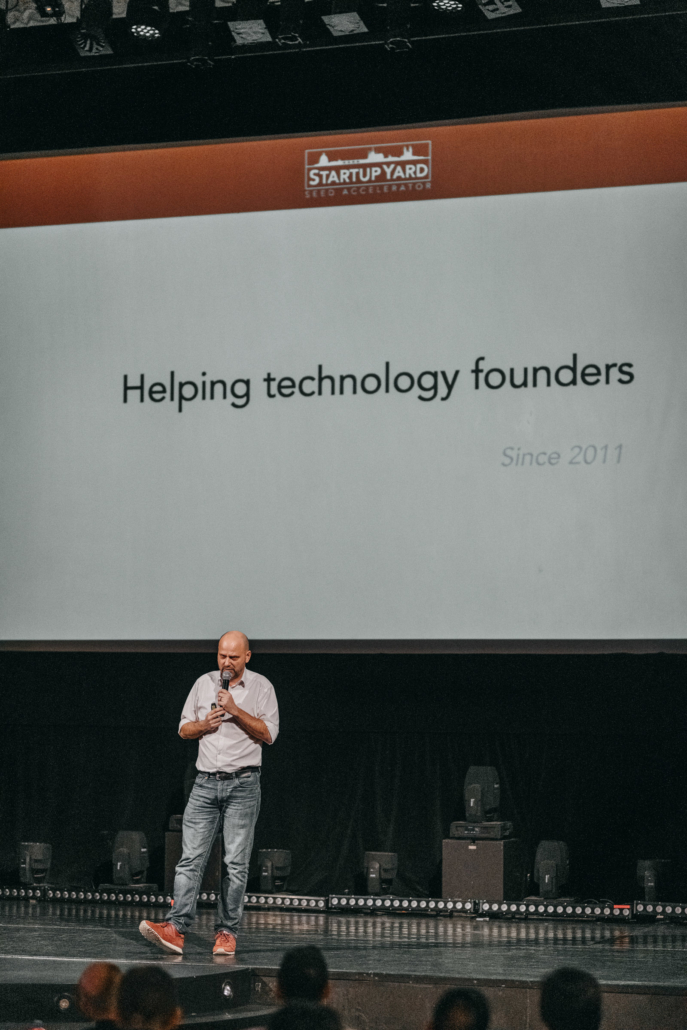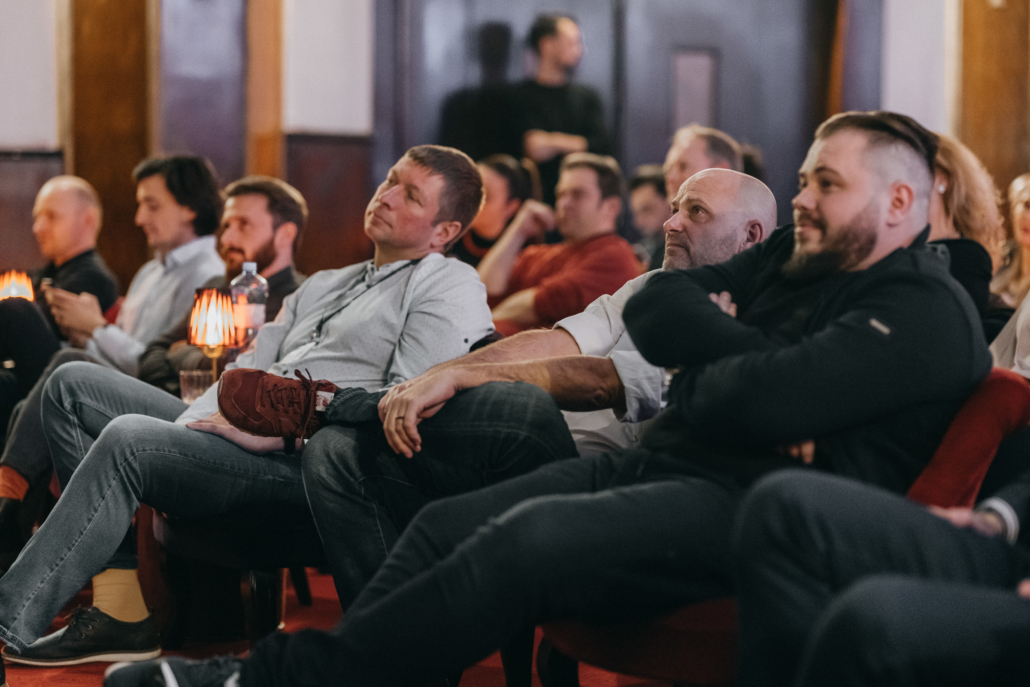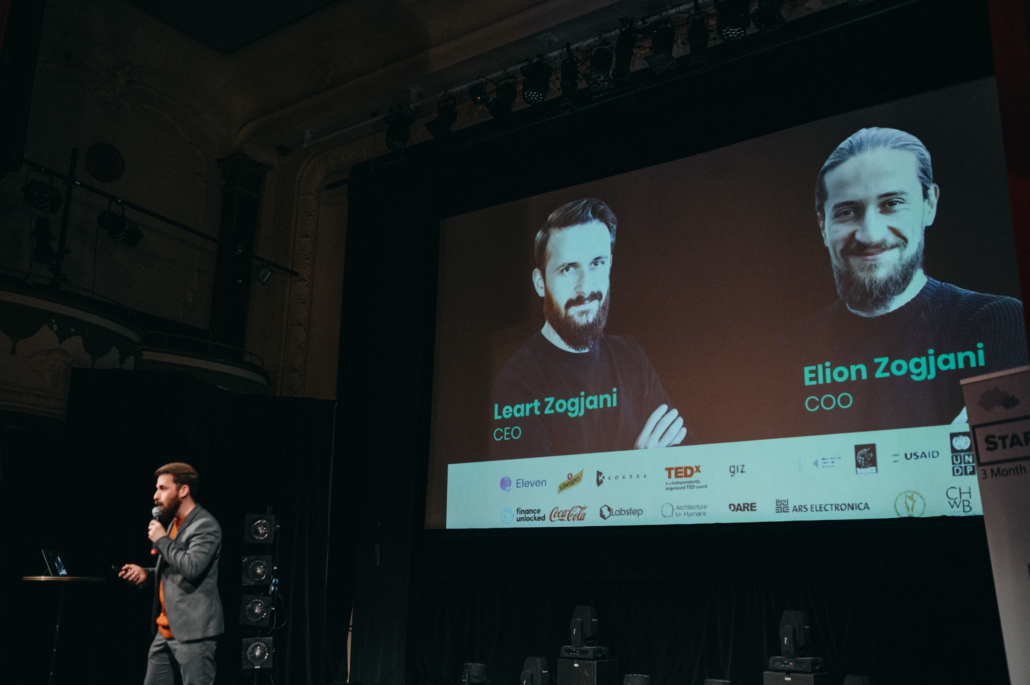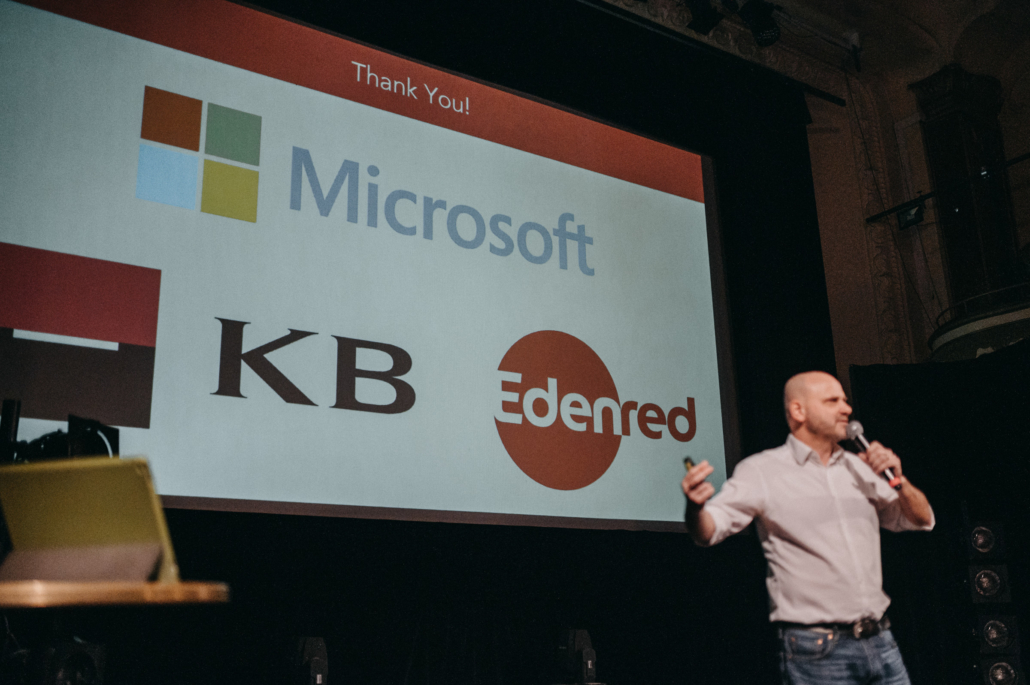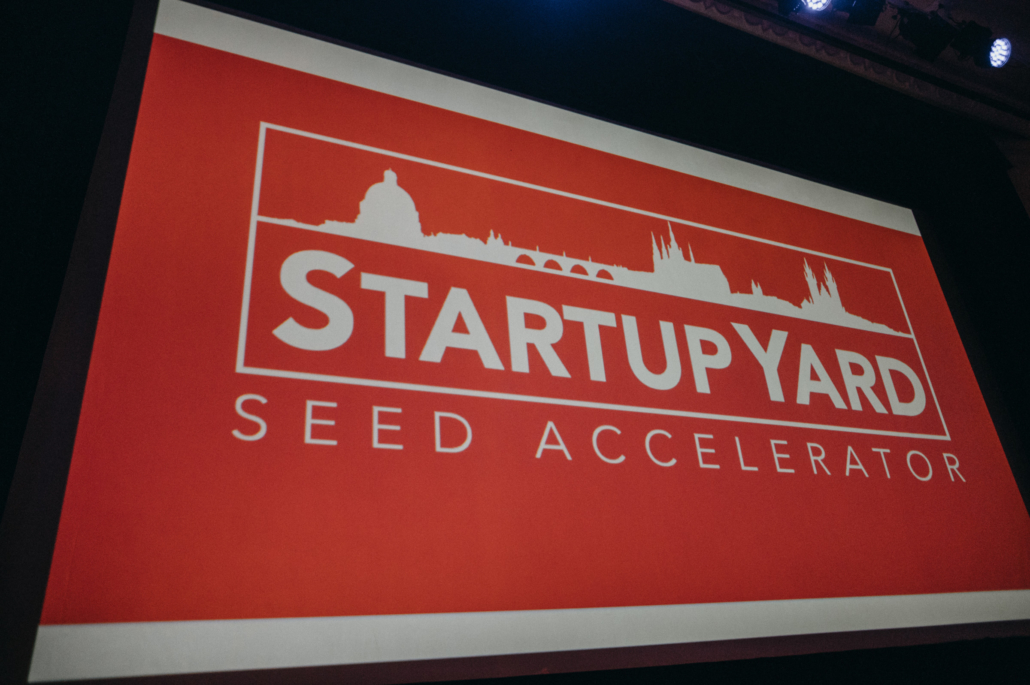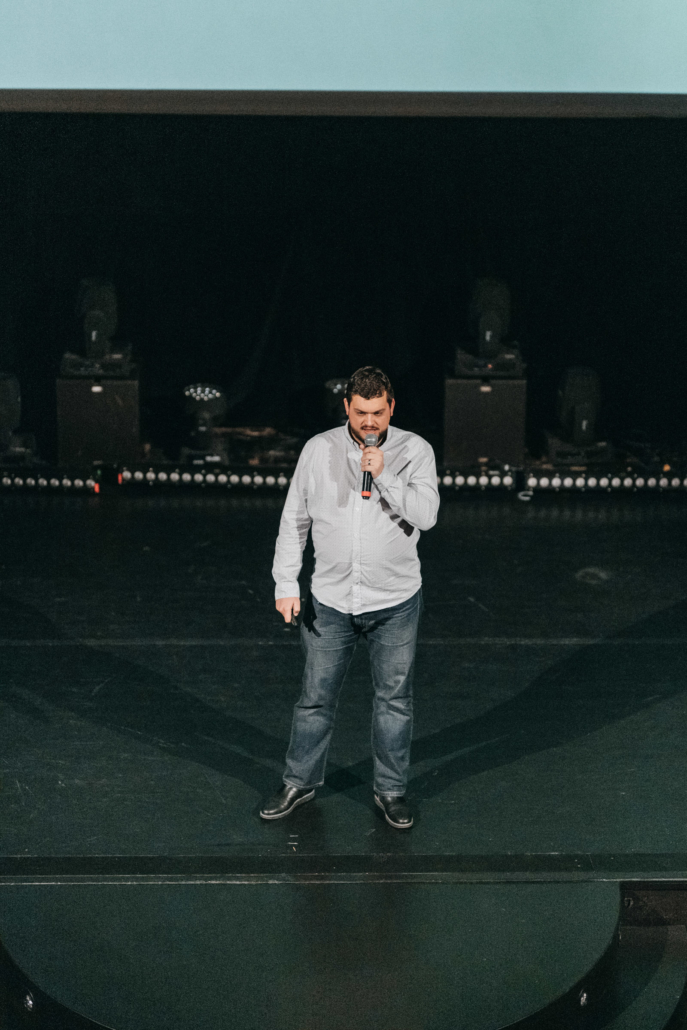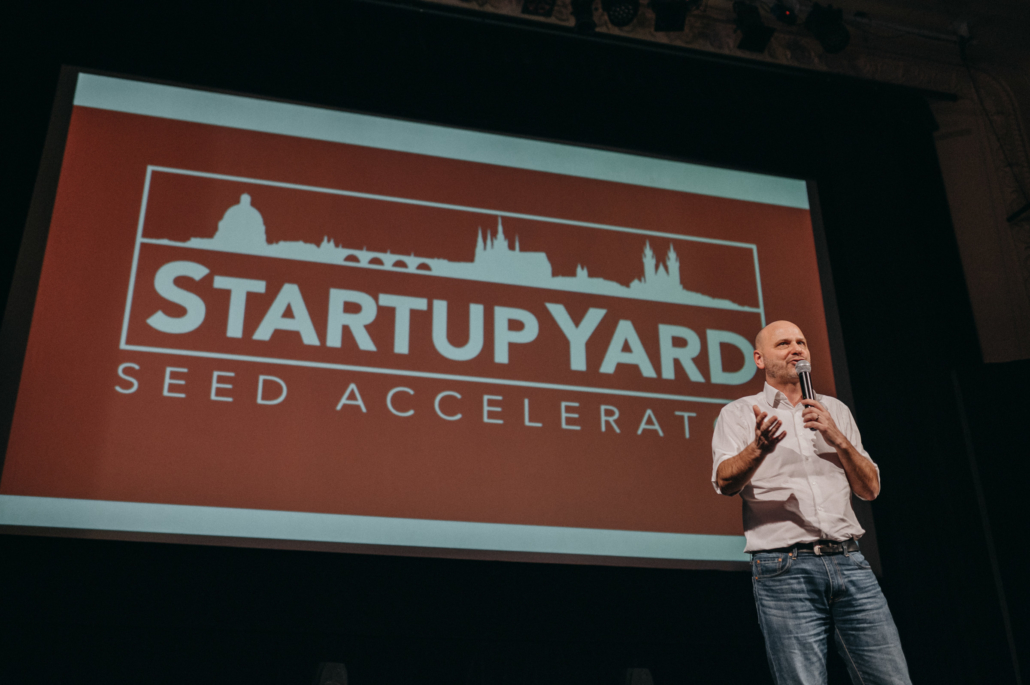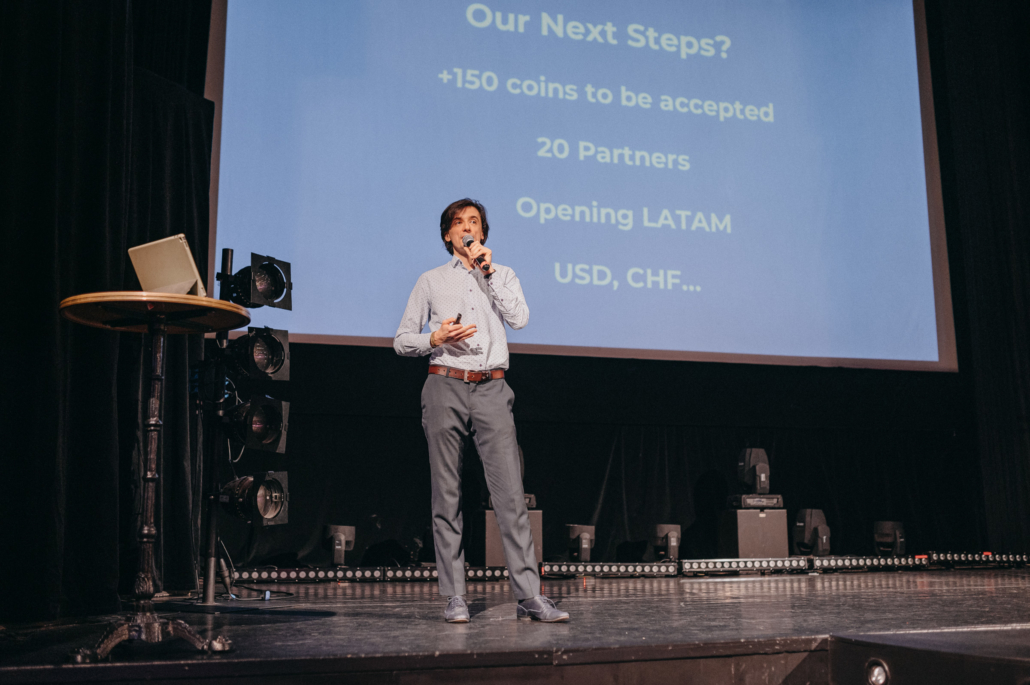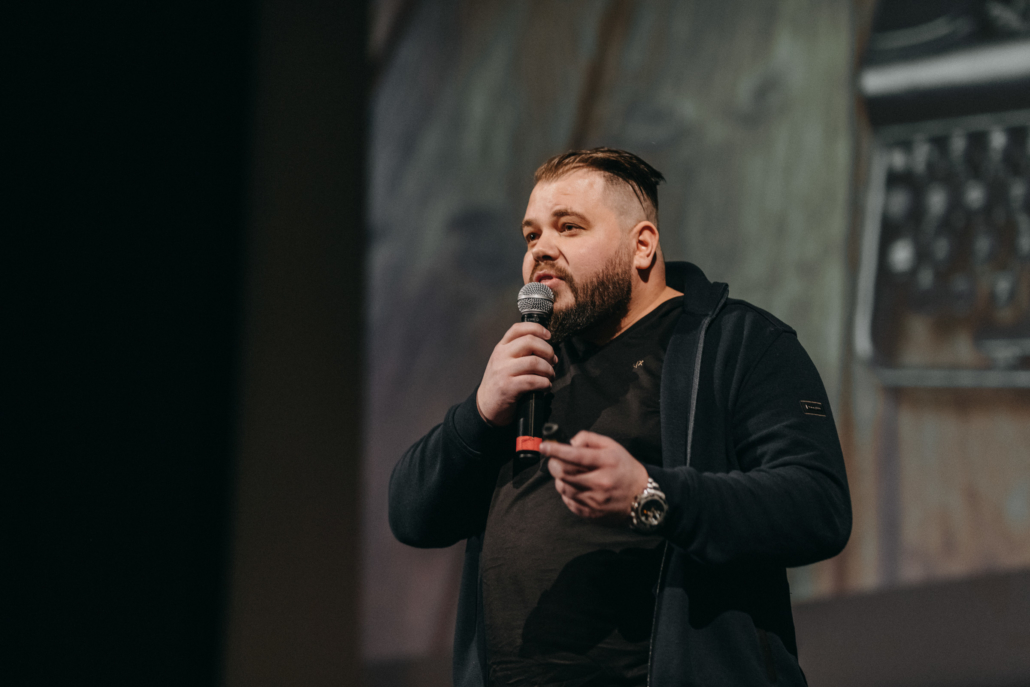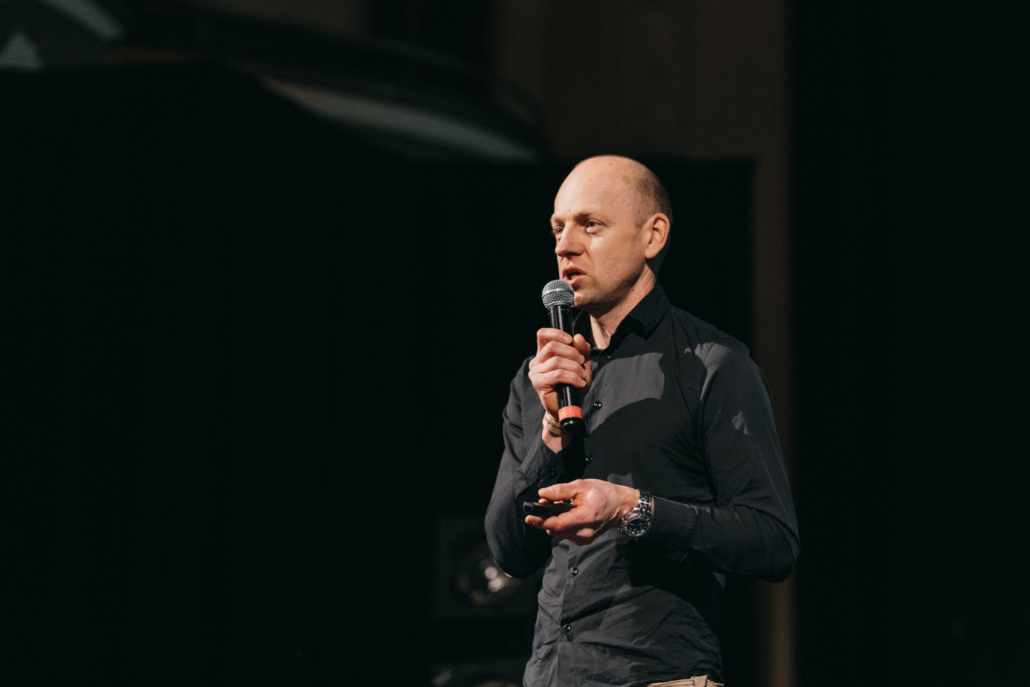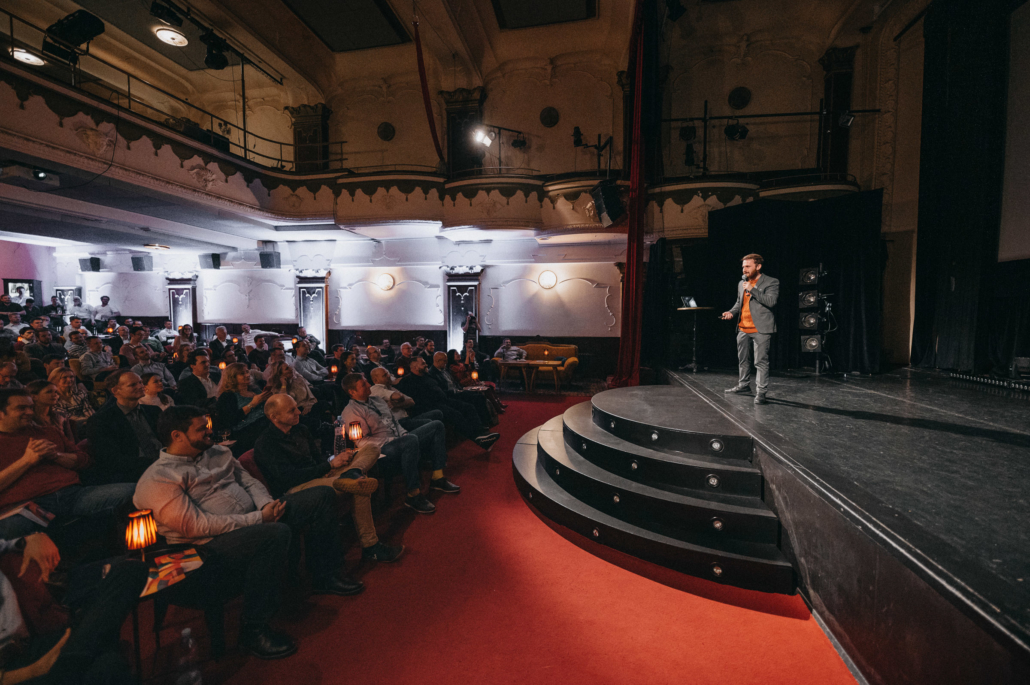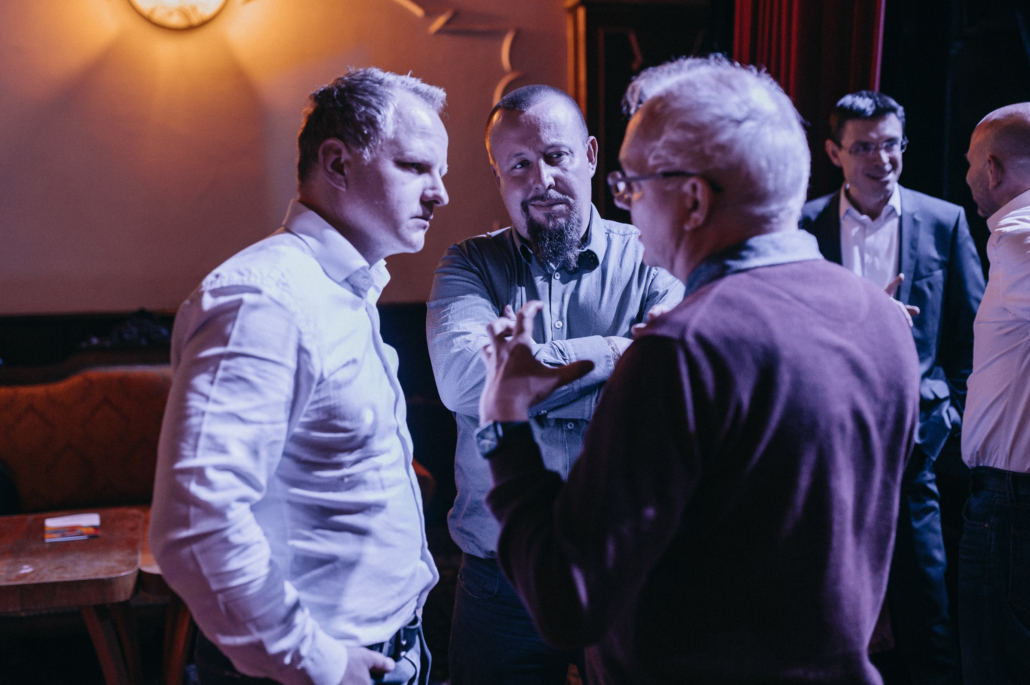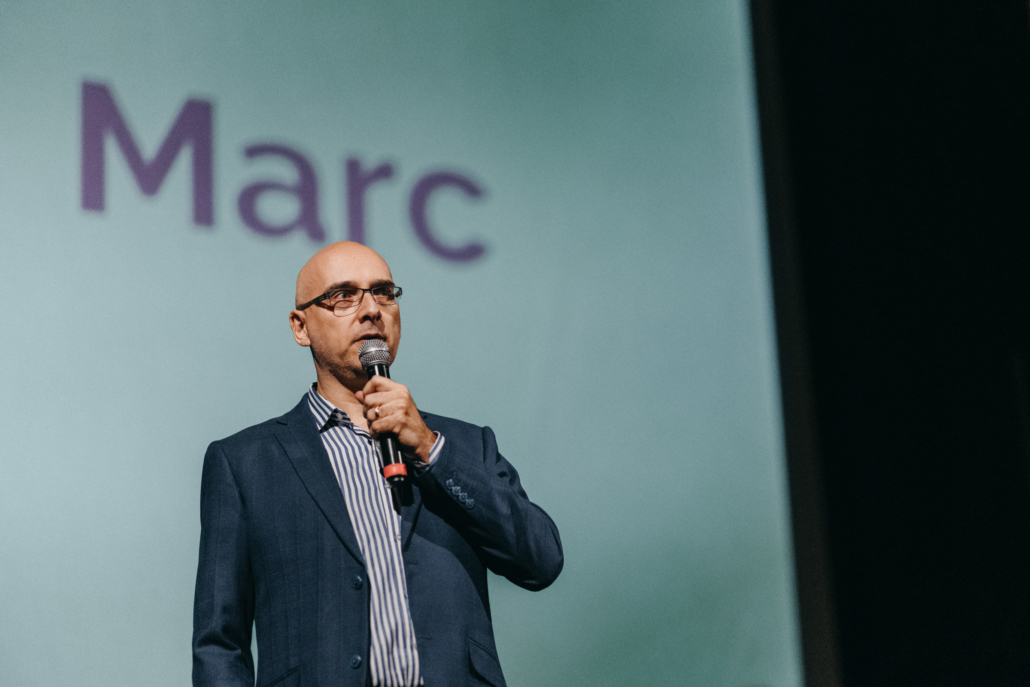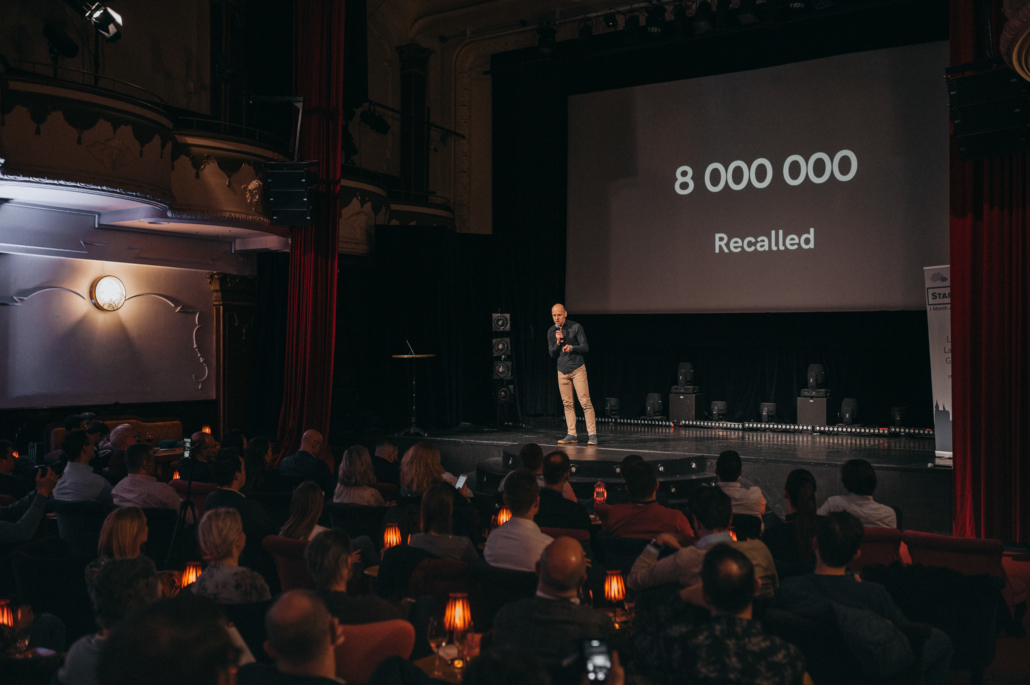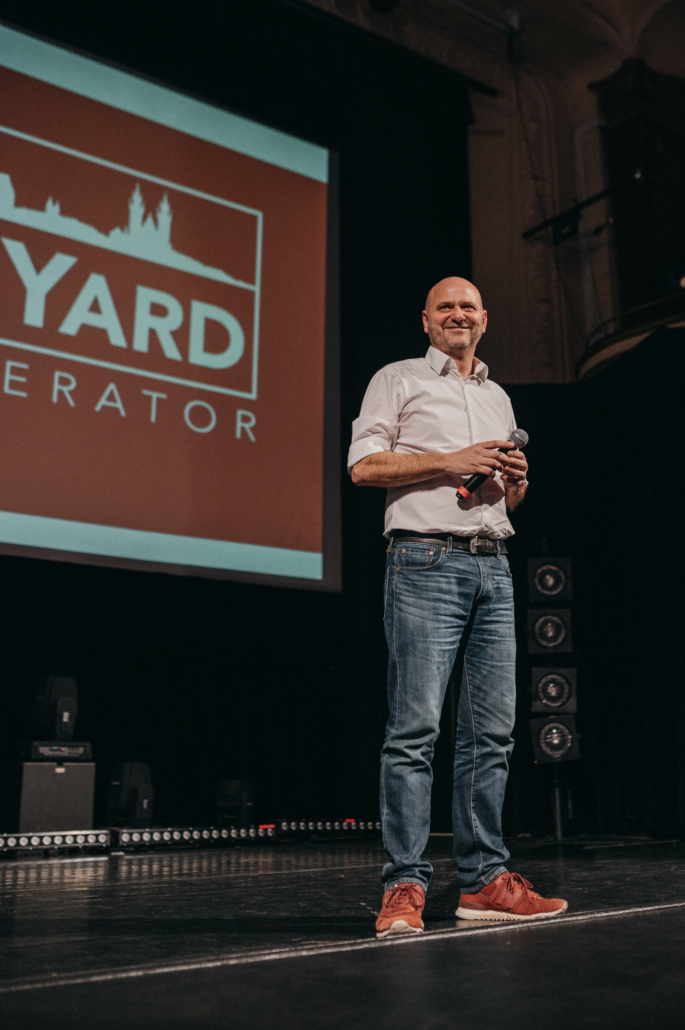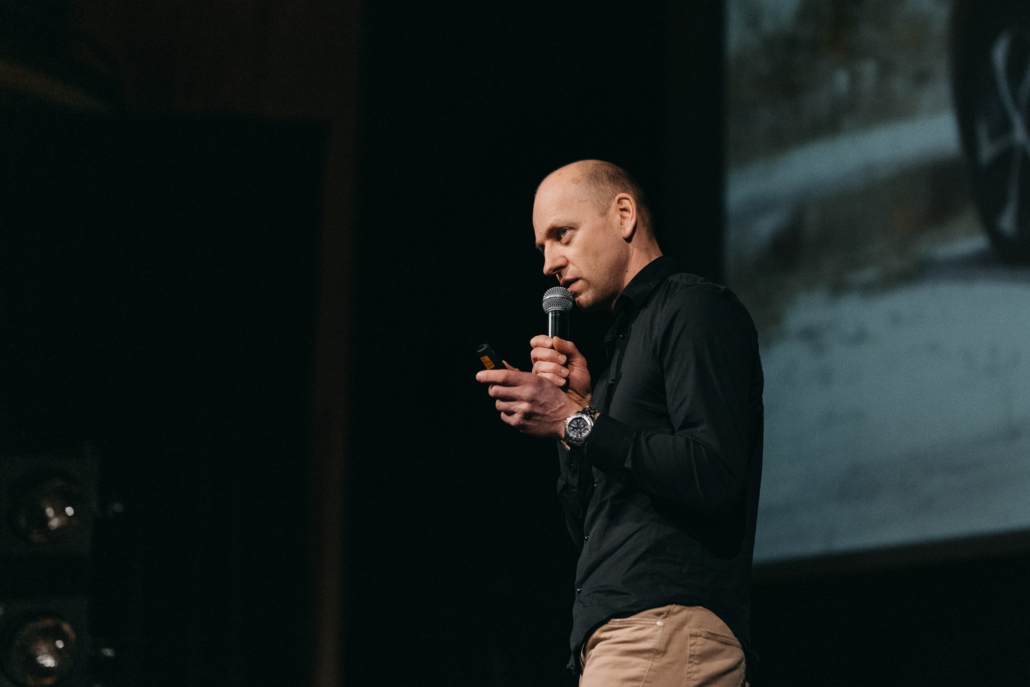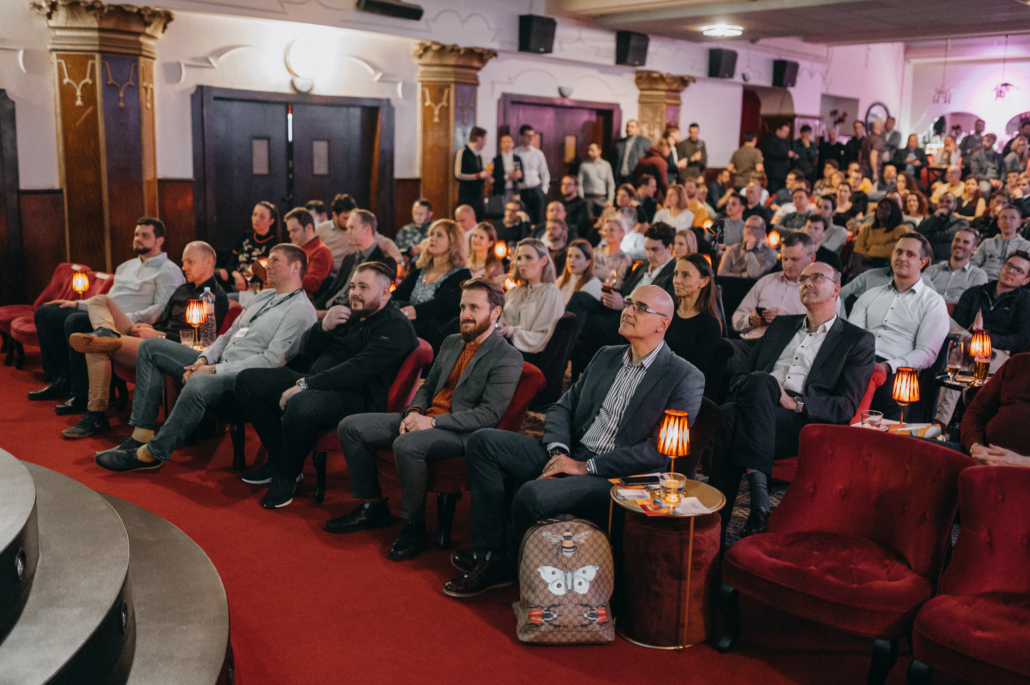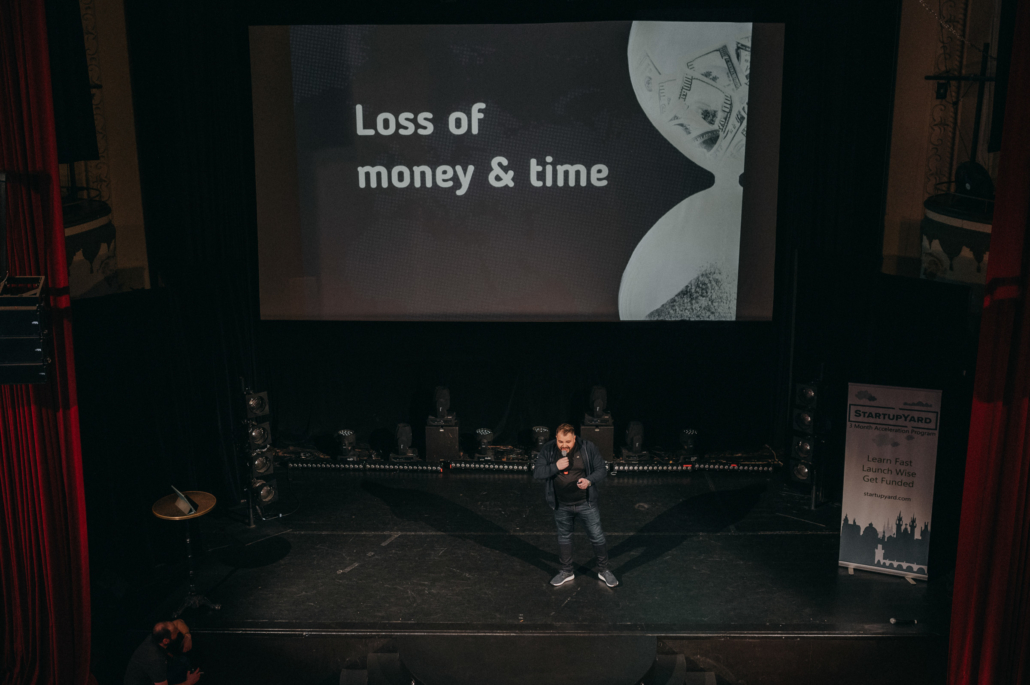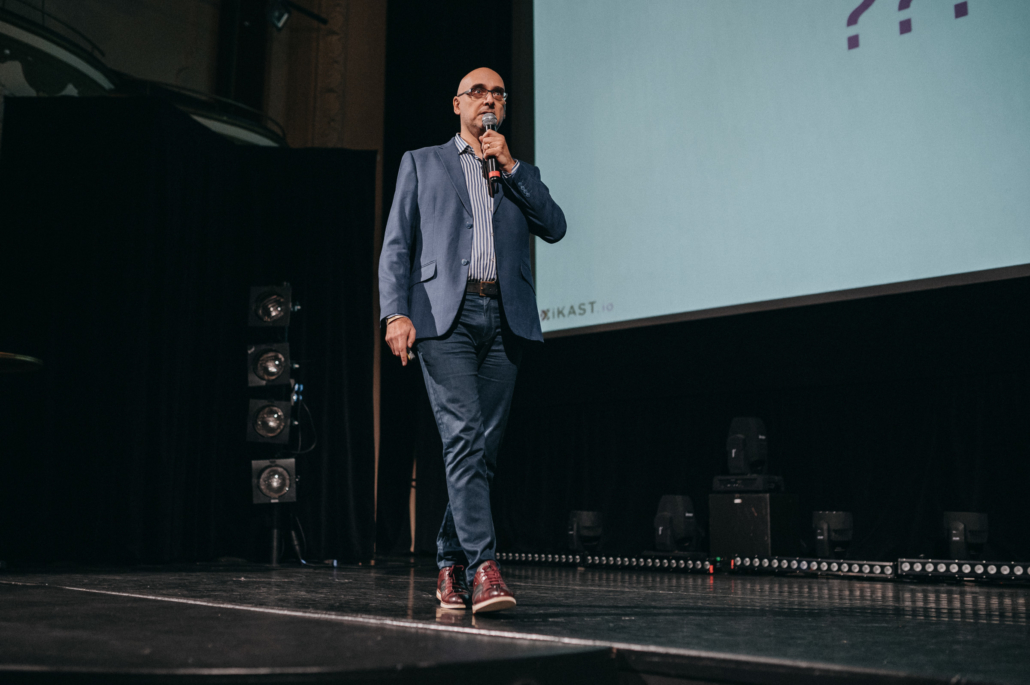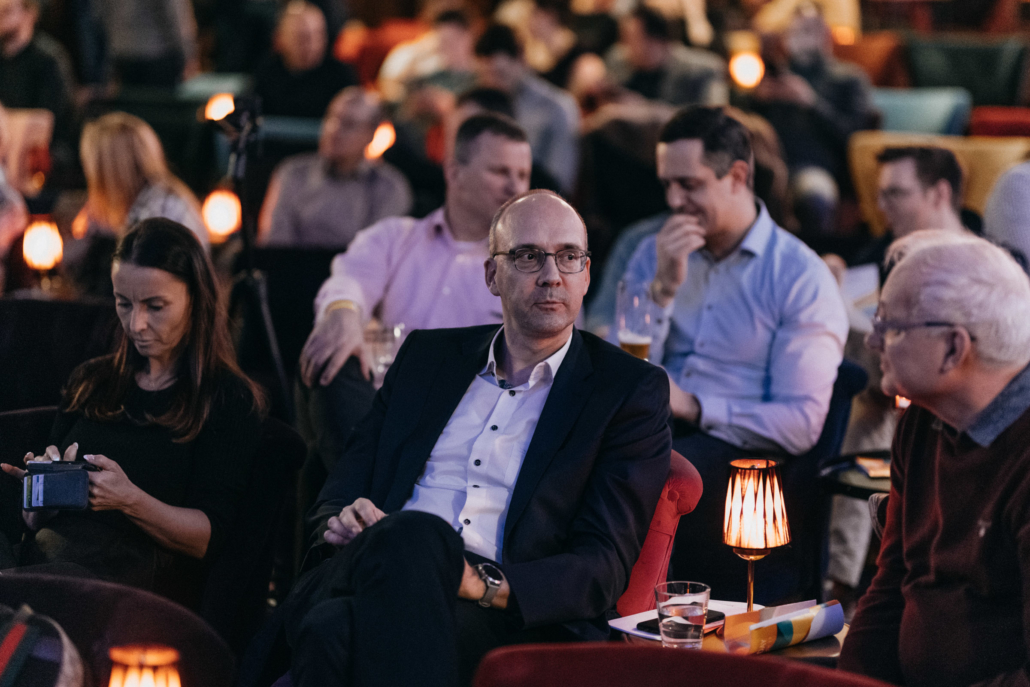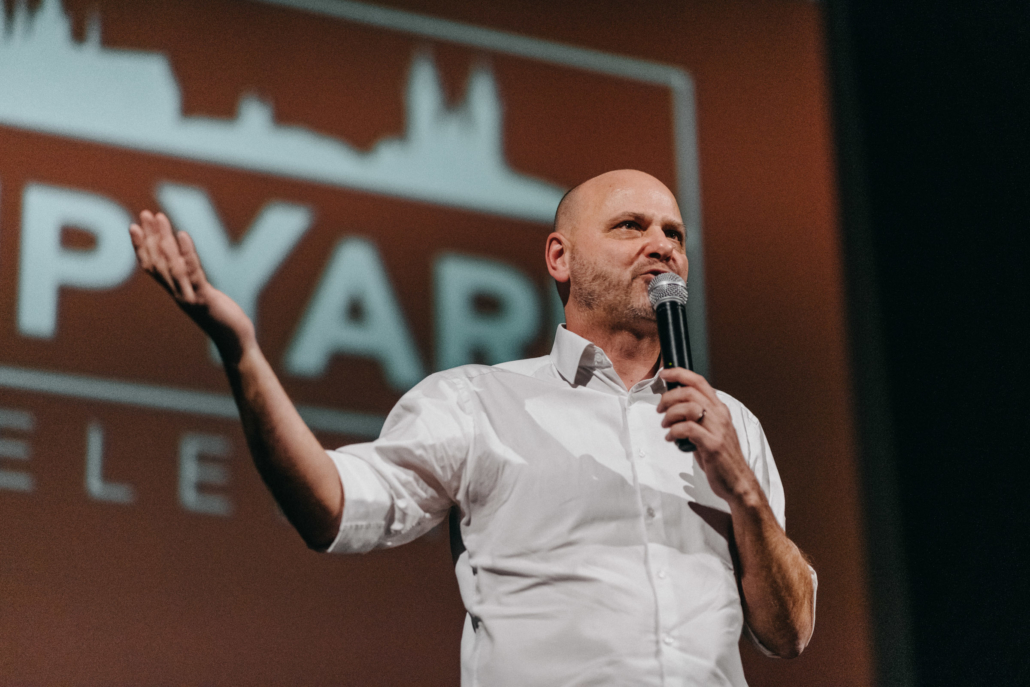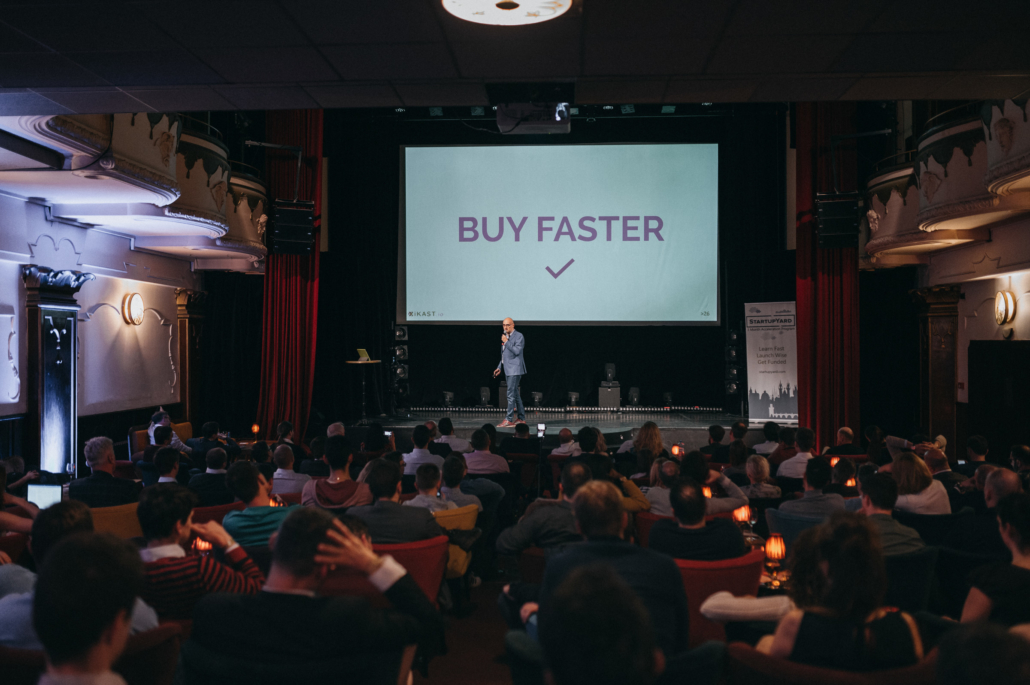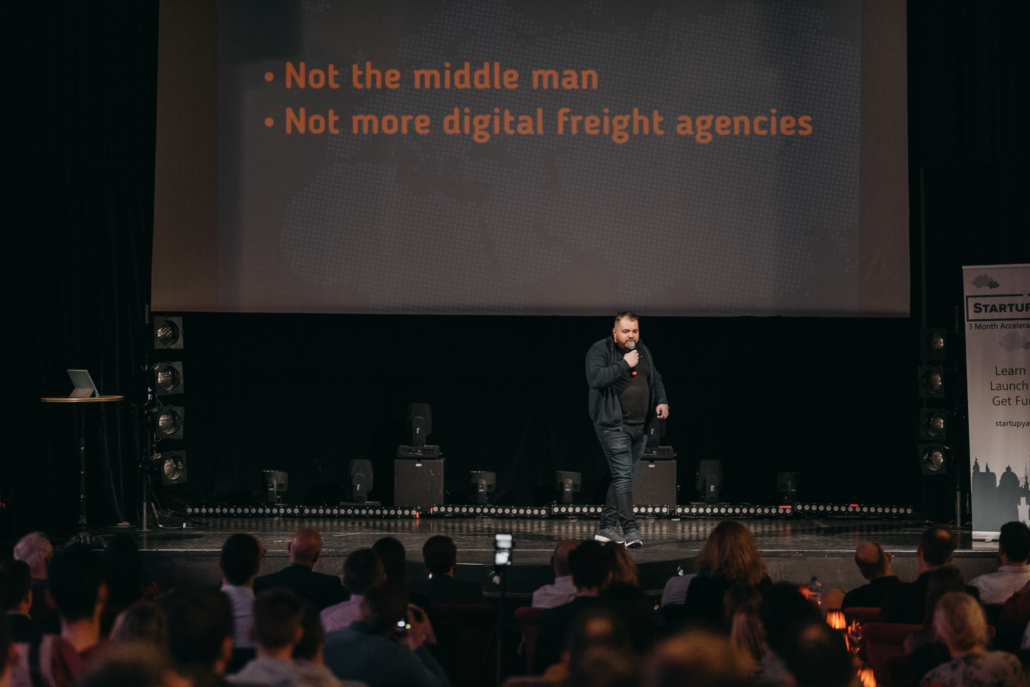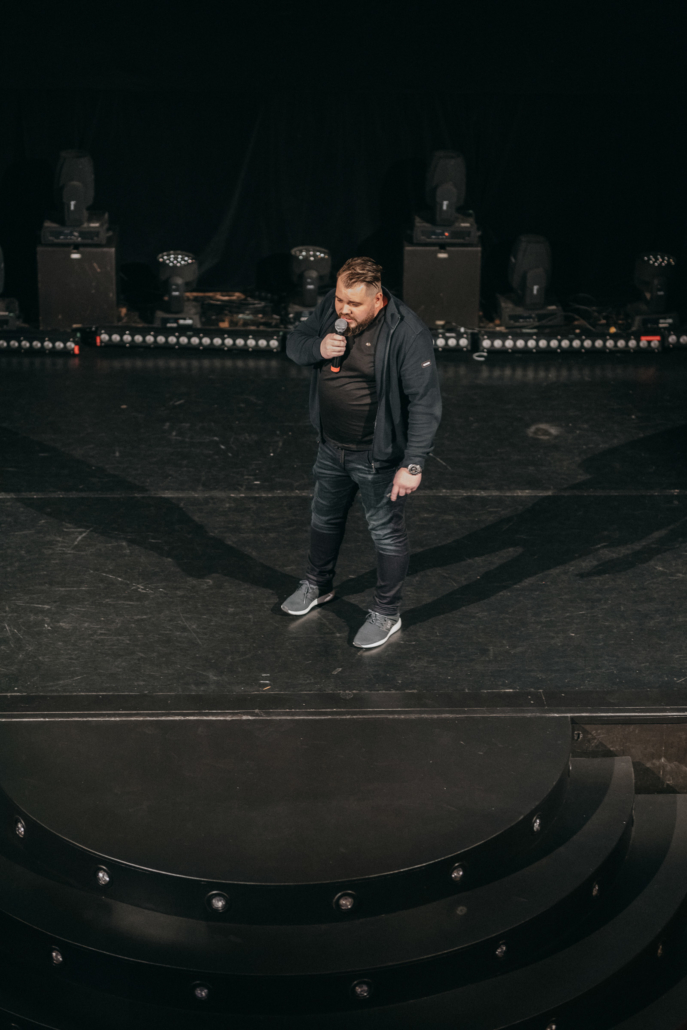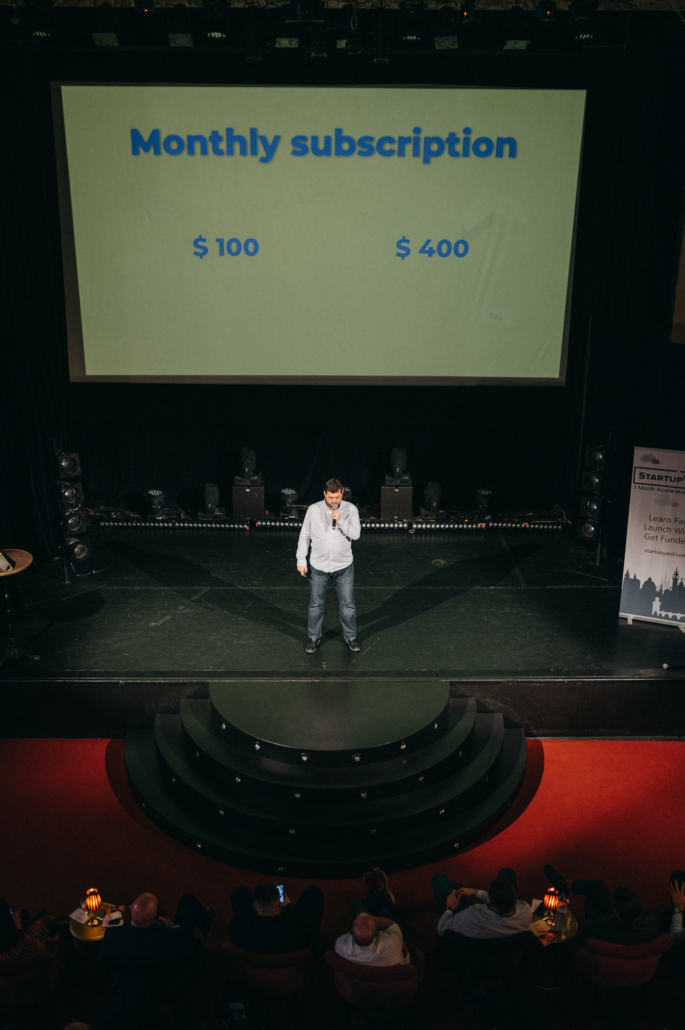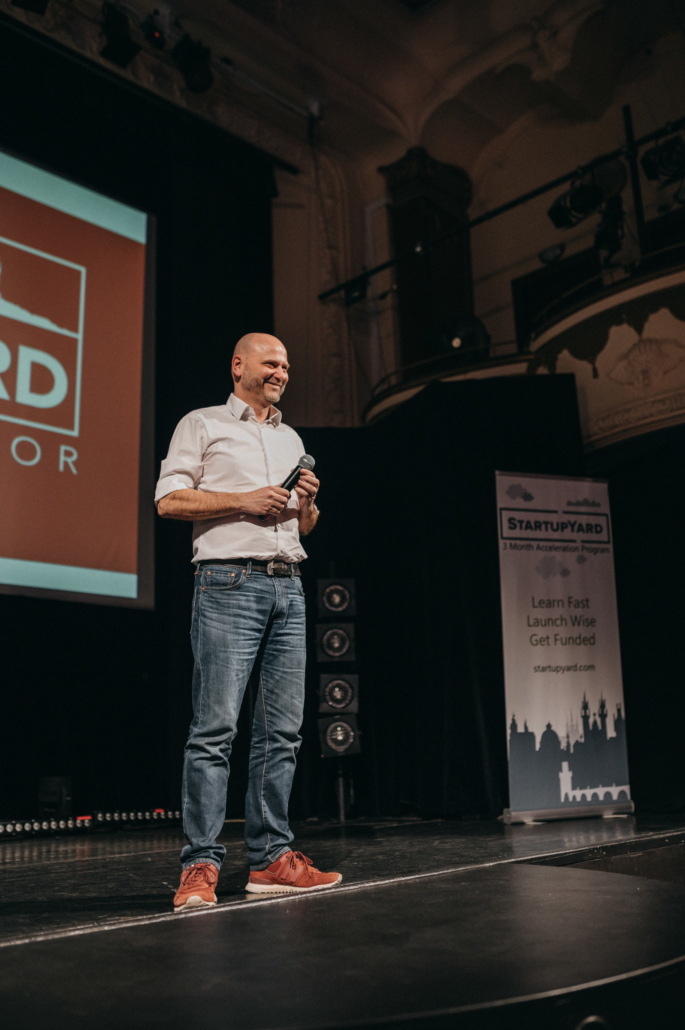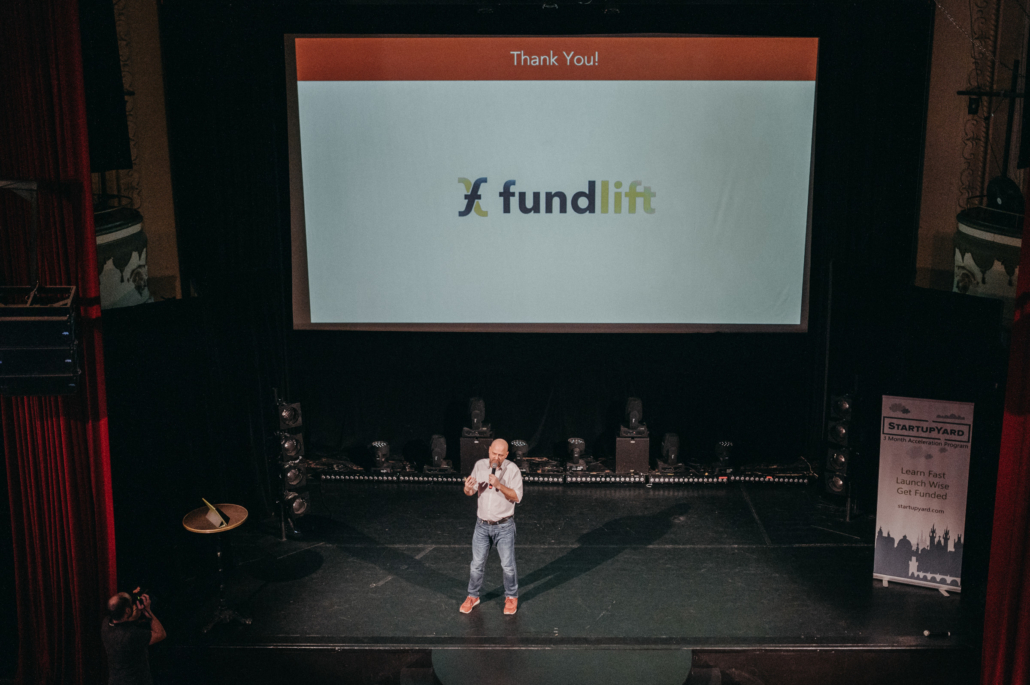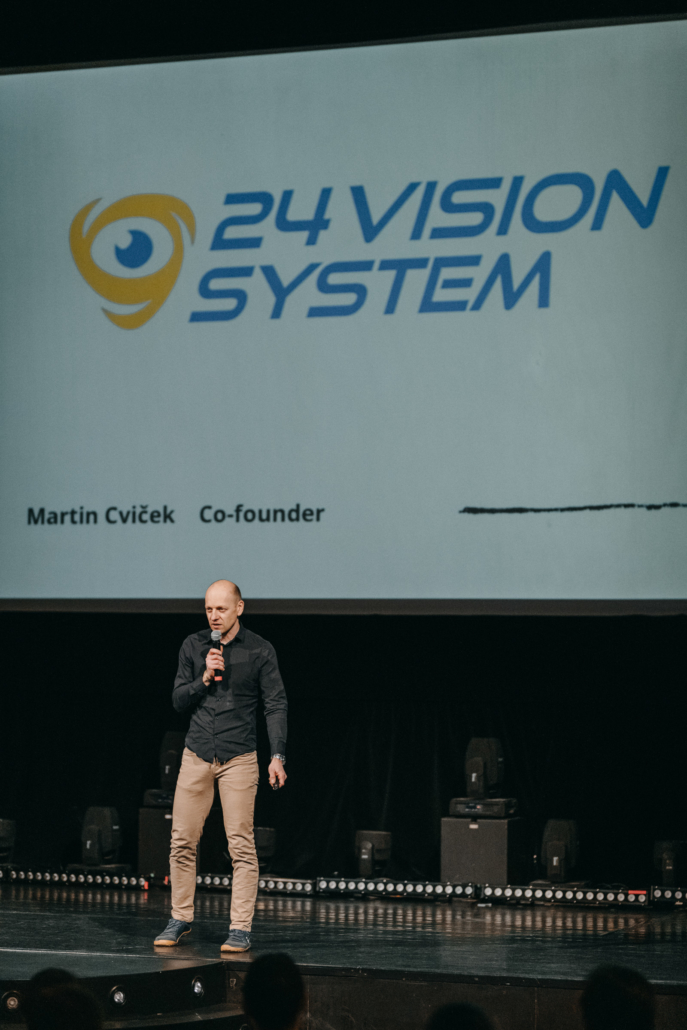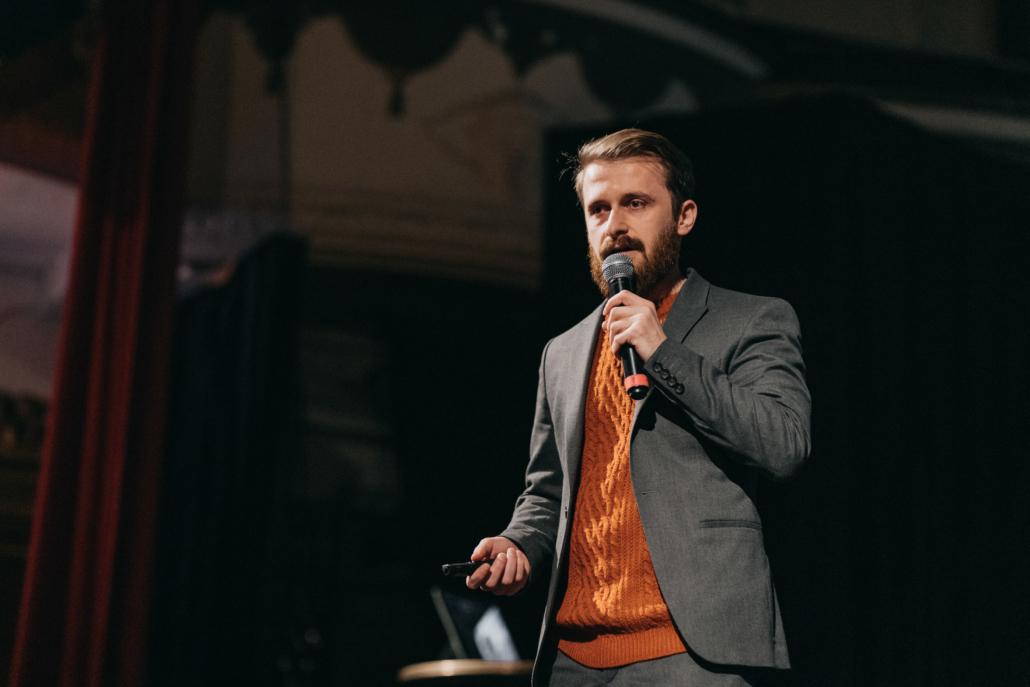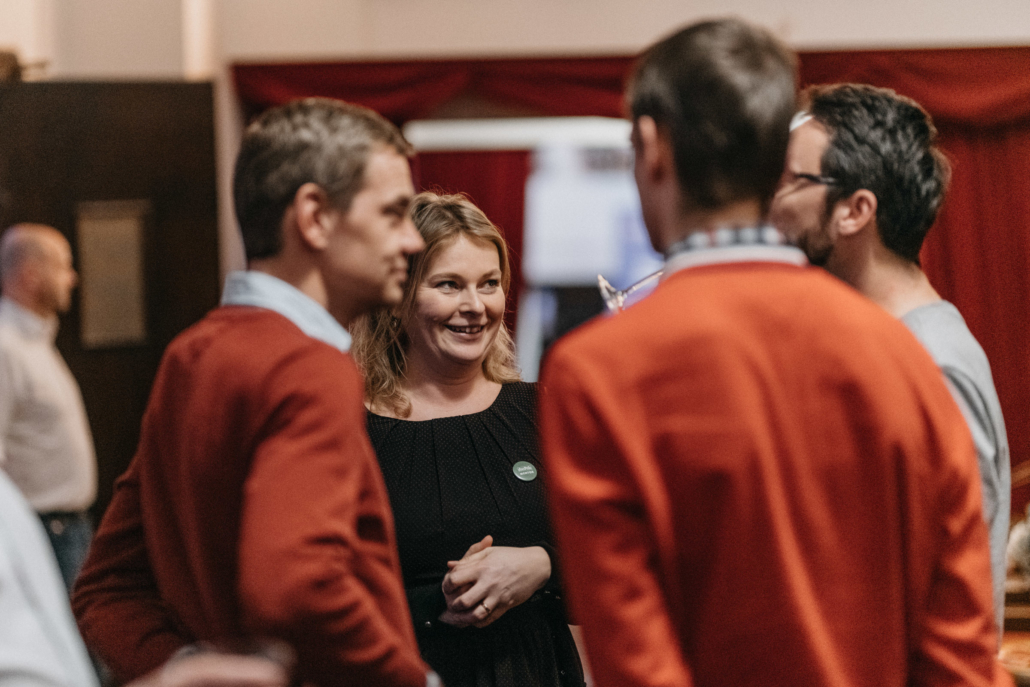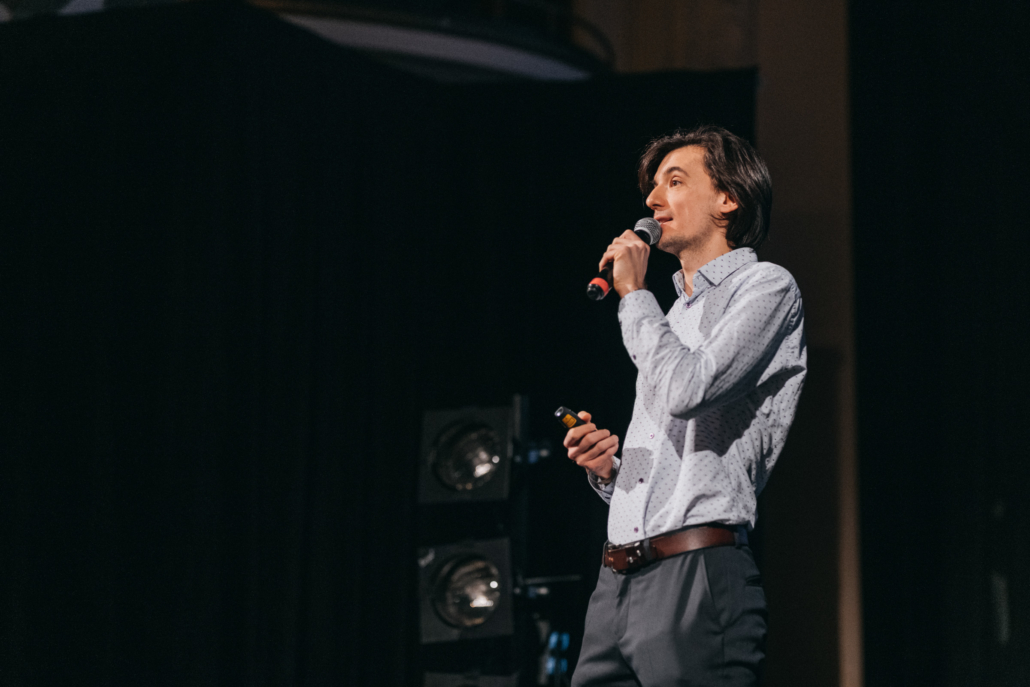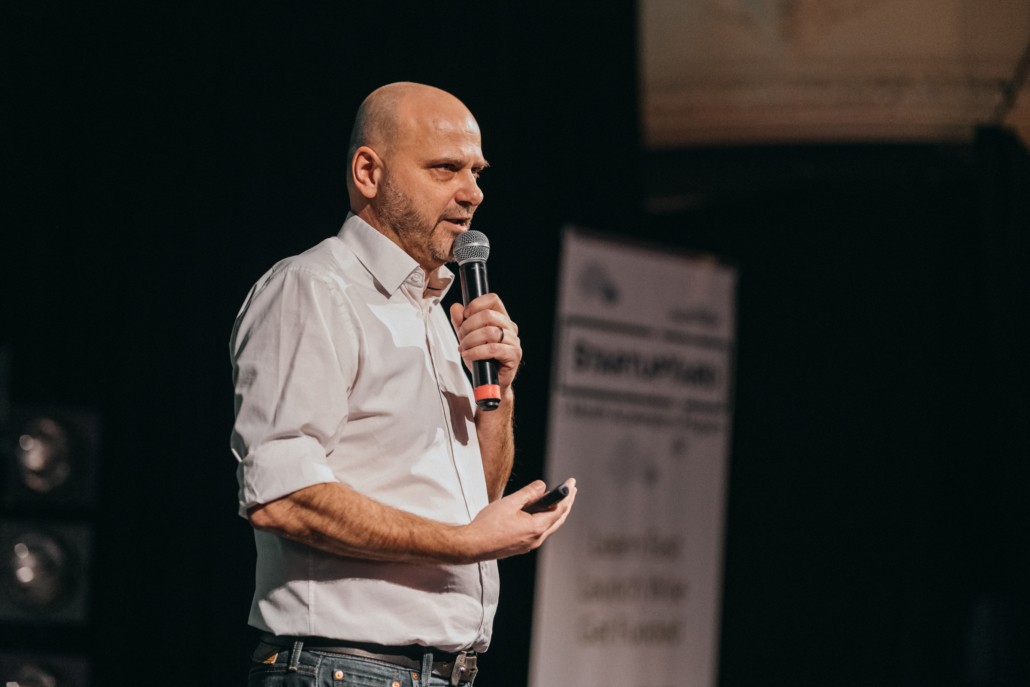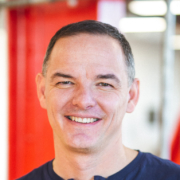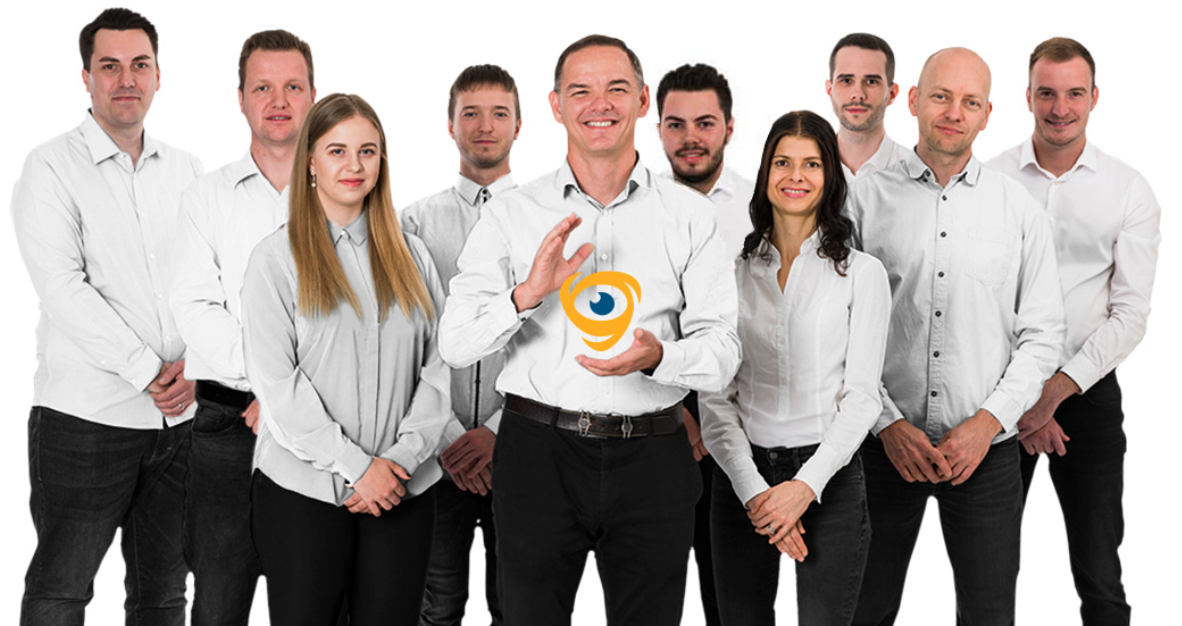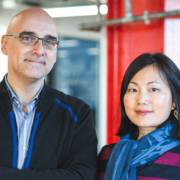Hi Jessica and Cedric! Tell us a bit about your personal journey towards founding iKast. How did you get here?
We are both serial entrepreneurs and have cofounded, a few years ago, a company editing the solution OKAST for content providers who want to have their own video streaming platform, “à la Netflix”. Surfing on the booming business of online video, we quickly converted a lot of studios and producers and are powering more than a hundred (and counting) video platforms from the USA to China.
During this process we’ve been daily speaking to our customers and saw, months after months, their difficulties in managing their customer base, struggling in finding more new contents that would keep subscribers happy and recurrent. Buying contents was too long, too complicated, sometimes even too risky, making them less competitive in a very fast growing market.
A year and a half ago, some of our biggest customers asked us if we had any plans to address this specific issue. At that time we had witnessed the pain point and were thinking about how to solve it. We were testing some new technology (blockchain) that could be the ‘secret sauce’ of a powerful new solution. We proposed then to five of our customers (chosen by countries, size, languages) to start a private alpha test of a potential new feature.
After 6 months of tests, we got a lot of confidence from them and our technical team: we got something! Working then on the business side of it, we realized that this solution can be widely adopted and be big if we unleash it from OKAST. Then we decided to create a new company ‘iKast.io’ and started to build it and sell the solution.
What do you think makes you a good match for this project?
Jessica and myself have been working in this industry for 20 years, with different roles and company sizes. We’ve been in almost everybody’s shoes, from a technology perspective (Cedric) or business matters (Jessica).
We’ve seen and been part of the big changes the entertainment industry has been through. We personally suffered and benefited from the hard times and new usages brought by the Internet and then the mobile revolution. We are insiders.
Joining our experiences, we speak our customers’ technical and business languages, have the relationships in the entire industry, and know very well how bad is the pain point and how people are trying to manage it. To build iKast we did gathered a team of experts but also involved important leaders of the industry, as advisors, in the intention to represent all company’s interests. We don’t just sell a product, we accompany our customers in their growth.
Cedric, you are our most experienced founder joining our program so far. What made you decide to participate in an acceleration program? Did it match with your expectations, or did it surprise you in some way?
Very often, “most experienced” founder means having made a lot of mistakes (laught)!
Nowadays the business environment is extremely competitive, digital technology is everywhere and seen as commodity, startups have become almost the new normal and an industry by itself.
iKast is our third startup. We still have to prove everything at every moment. We’ve learned, with my co founders, and sometimes the hardest way, that making the difference relies on two principles: “whatever the idea, executions is key” and “always been surrounded by smarter people than you”.
In the past we followed different personal training programs and were accepted in some incubators. We reviewed their basics of entrepreneurship, business, marketing etc. We acknowledge and appreciate the value of it : that was helpful but not enough.
That is why, when we started iKast, we decided to look after an accelerator: finding smarter people focused on helping us in the execution of our plan.
After six weeks of acceleration, we can testify that there is with StartupYard more than an acceleration: a spinning effect. We pitched to more than 100 mentors, testing, adapting, shifting our value proposition. An exhausting process but we nailed down the essence of our marketing messages and grasped our go to market strategy.
Mentors used their network to introduce us to more people, advisors and future customers. I’m just amazed by how much mentors and the accelerator’s team are committed and want to help!
Let’s go back to the online content industry. What did you see as fundamentally wrong with the way content distribution works online right now?
We are in a new era for contents: in less than five years, the internet and mobiles have changed it all, built new giants like Netflix and put at risk all previous players, from TV channels to big studios. Everything is globalized, no borders or frontiers, data and analytics rule businesses. Multiple generations of people (hello millennials!) watch or listen to music, videos, differently.
This technology tsunami has not been envisioned by most of the key players of the pre-internet world. It is a big shock. Video represents almost 80% of internet traffic and it is growing!
To survive or grow, TV channels, mobiles applications, video platforms are fighting every morning to keep their users/subscribers. For that they need to put online, almost every day, new contents. This is not a war of end users but a war of contents between distributors. It creates a massive demand on the content market. Looks like a fantastic opportunity for content providers….
BUT the problem is that this digital era relies on non digital processes: finding new content, licensing (buying) them, managing consumptions are mainly tasks done by hand, based on personal relationships between buyers and sellers…
Fundamentally, the mistake is that the content industry failed to digitize itself: long processes make them expensive, then create more and more missed opportunities to buy, increasing loss of subscribers. Making contents costs heavy money and needs months to deliver. Buying faster implies automating the process, getting more business rules to manage and preventing mistakes when managing revenues to pay. If a platform can’t give data and need months to pay back, then content providers have plenty of other buyers possibilities. Then, isolated, the platform loses its differentiator: different contents and closes down.
Currently, this massive opportunity of a demand-driven market is totally hitting the wall since it is not able to handle fast growth and guarantee proper money management.
A trust and scalability issue.
We believe that we can dramatically change it by providing a transparent, fast, automated content marketplace that can re-establish trust and scale everybody’s business.

How can content producers start using iKast to distribute their content? What benefits will they get instantly?
It’s very simple! First of all you go to our website and create an account. Then you start to enter your catalog with for each content your business rules: how much money you want, which countries you want to sell in, which type of platforms you are interested in, etc.
Then we control and certify your data and make them visible to platforms to buy. When a platform is interested it directly licenses (buys) your content, in a few clicks. We guarantee the transaction and deliver the content.
We made this long and expensive process very quick and safe since we monitor all the contracts part. Once the content is available on the platform we check your business rules, to avoid or detect any issues (infringement) and collect for you consumption data (that you never had before) in order to calculate how much money the platform owns you (royalties) and even automate payments.
In short, we bring more customers to content providers by fast licensing, guarantee royalties since we track them, speed up payments (from one year to one week!) by automation and all along establish a trusty environment.
What have been your team’s biggest personal or professional challenges in making this project a reality?
We have spent a full year preparing the creation of iKast. Studying hundreds of licensing contracts, meeting and talking to all kinds of content producers, platforms owners, lawyers, TV channels managers, and testing technology.
Challenges were to embrace the problem and simplify it. Not only crunching numbers, coding servers but essentially to understand and find the way to digitize all business processes in licensing and distribution. This was an extremely passionate work!
Then came the building time and another challenge: explaining to everybody why what we do is interesting to them, why it works, etc… A sales challenge, close to evangelization, that we now do every day!
Who would be the ideal customer of iKast? Is it a TV producer, a music band, an online TV platform, a content streaming platform, all of the above?
Since we build a marketplace, we have two categories of customers: the content provider, selling content, and the distributor, buying contents that will be monetized to end users by putting them on a video (or music) platform.
On the content side, we address many different types of customers from artists, personalities, to independent production houses, movie studios, TV channels, brands, but also public organizations like foundations, museums, countries, etc. everybody making a living by producing content. Demand is so high, and production costs lower and lower, that we see more and more new companies and people starting production or optimizing their back catalogs.
On the distribution side, we obviously target first of all video streaming platforms (and there are almost new ones every day), from the well established ones to the very new ones. But we also look after TV channels that have launched their digital video platforms, regular video on demand services, and also digital publishers that are enriching their text-based contents with more and more videos.
Your solution uses the Ethereum blockchain. Many people aren’t deeply familiar with how that works, and what the advantages of distributed ledgers are. Why is Ethereum so important for your solution?
Explaining the blockchain technology will need way more lines that we have in this article but let’s try to simplify it by describing its two core functionality: it acts as a database registering data that nobody can change and as a computer running code that nobody can stop or change.
A blockchain is a software running at the same time on a multitude of connected computers. It is physically distributed across real computers running in the world but giving you the impression it is as simple as a software running on your personal computer.
Every time you run a program or register data on this ‘big computer’, it is ran and stored on all others. So when data is stored it is replicated on all computers. So if somebody would like to change the data it needs to do it everywhere. If this is for a bad reason, it can’t happen since other computers will refuse the action. It makes the system totally reliable and transparent as a ledger.
Since a blockchain is like a big computer, it can also run some small codes. Here again, it will be distributed across all connected computers and then executed by each one. The software will then guarantee the right execution of this code since nobody can modify it (hack) or stop it. If one computer gives a different result it will be rejected by all others. Nobody can’t stop the execution of the code since it means he has to halt all computers in the world, at the same time! This is the perfect execution machine.
These two unique features make this virtual computer transparent and highly trustable. A lot of blockchains exist and are fully operated in the world. One of the most known is bitcoin!
Ethereum is the first blockchain introducing smart contracts in addition to the ledger feature, popularized by bitcoin. It has today more than 10 000 computers in the world running its code. These computers are owned by a large diversity of people, from companies to individuals, that is why it is considered a public blockchain. Some consortium or group of companies run their own blockchains (meaning on their own computers), offering private services.
Ethereum is a key part of our solution. From a technology perspective, it is the most advanced solution to run smart contracts with a huge developer community and a large and proven network.
From a business perspective, as the largest public blockchain, it is a game changer: it is really reliable and nobody in our value chain (content provider, distributor, ikast) owns it! In opposition to consortium blockchains, owned by few companies, we are sure that iKast relies on a system that can be used by our own competitors, distributors’ competitors, content providers’ competitors without any risk of collusion.
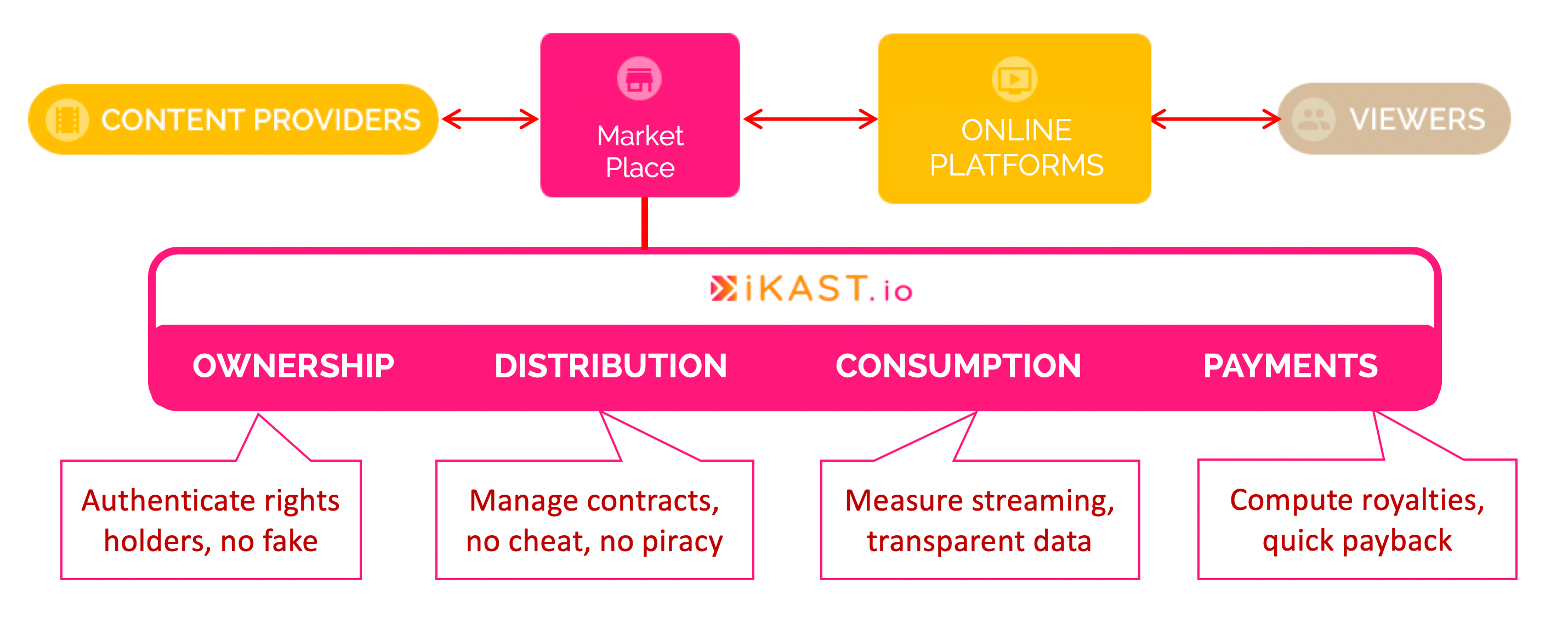
Can you tell us a bit more about how your technology really works? Why can’t you achieve the same result with a good old database?
Our solution iKast is based on two core ideas: content licensing is slow and expensive because it needs a lot of contract work to be done, without data it is hard to guarantee proper and trustfull royalties payments.
So basically, what if we can transform paperwork to data work? What if I can change paper based contracts to digital contract, smart contracts? And what if we can collect data and guarantee that nobody can change or fake it? What if we can do that with software and then make it fast?
We adopted the blockchain technology since it is the only software that offers what we needed: a solution to safely register data and control and execute business rules automatically. That goes way farther than what a simple database can do!
Let’s deep dive by using a use case: a content provider has a movie he wants to sell.
When he goes to our platform, he will fill in information about it, attach a video file and describe his business rules. He will then list how to use his content (available in which country, which language, for which device, etc.) and business conditions (how much money to buy or rent it, how long it will be available, etc.).
When a distributor agrees on buying, it creates a licensing contract binding provider and distributor. All agreed rules used to be in a paper contract. We shift them to a small software running on a blockchain (smart contracts). We notarize the deal and make it legally speaking binding.To be able to buy, the distributor agrees on installing on his servers a small piece of code we provide.
When an end user of the distributor’s platform wants to watch the movie, our small software agent will query the smart contract on the blockchain and checks if the contracted rules are fulfilled: is the end user in an allowed country, is the movie still available, etc. if no, we deny the playback and create an infringement case. If everything is fine, we register in the blockchain the viewing information (duration) and calculate (based on licensing rules) how much money (royalties) must be paid.
Thanks to this system, we can 1/ create in few clicks a new licensing deal, since it is totally streamlined as a list of rules to accept, 2/ check in real time that all conditions of a deal are under control or detect wrong usage 3/ collect and certify the key business data: consumption 4/ calculate royalties and provide a totally transparent bookkeeping for both parties.
You are both based in Paris, France and have now spent one month with us in Prague. Do you see any differences or similarities in the way Czech and French people do business?
We really like the city, charming and sophisticated but at human size! We have the feeling that it is way less stressful than Paris.
Regarding business, let’s state it like this: in Paris, people always start to ask: “How does it work?”, very cartesian thinking. Here, in Prague, the first question is “what are the benefits?”. It is a very different thinking focusing first on the business. Next question is thus “Why it works?”, trying to nail down our execution skills.
In addition to this big difference, we also see that decisions are faster taken, go or no go, and it is way easier to meet new people.

